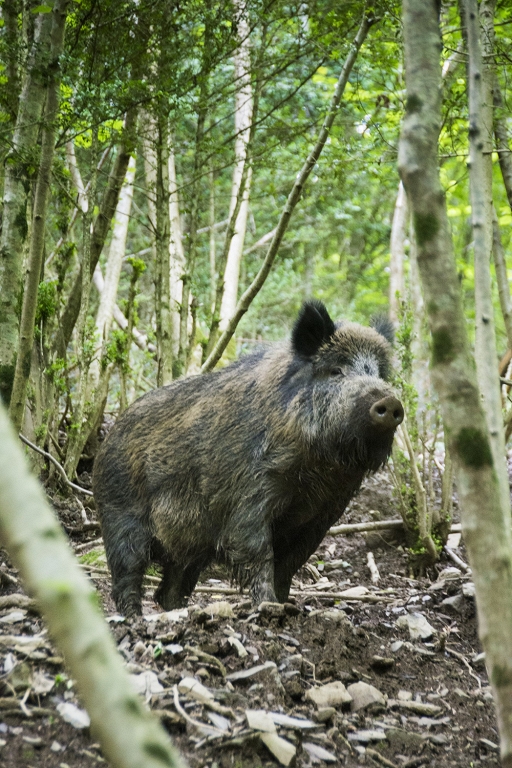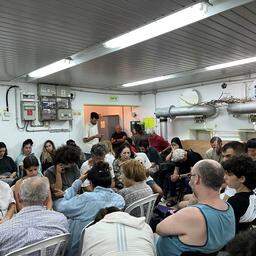Karin Bojs: When fresh DNA technology is combined with ancient myths

A few days ago I had the privilege of listening to the French DNA researcher Ludovic Orlando when he spoke at Aula Magna-Stockholm University’s largest meeting room with up to 1200 seats. The lecture was part of one Nobel symposium. For such symposia, world -leading researchers are invited to speak, and not infrequently they reappear in Stockholm again after a couple of years, and then as a Nobel laureate.
Ludovic Orlando, above all, spoke as its groundbreaking findings about the horse’s domestication, where the most important publication so far was published in the magazine Nature A few years ago.
Something that Ludovic Orlando, on the other hand, did not mention in his lecture at Aula Magna was his most freshest publication – which was published in the magazine Science As recently as a couple of weeks ago.
The results mentioned He also did not when I visited him at his home institution in Toulouse this spring in connection with a radio recording.
A radio producer and I recorded Ludovic Orlando for almost three hours and heard lots of interesting material. But the most emotional and gripping ran out of him before we had started the equipment.
Then Orlando talked about his collaboration with researchers and tradition carriers from American indigenous people.
Among other things, we were told when he invited his American partners and arranged a visit to French caves where there are images from the ice age – not least of horses.
The pin -fresh results in science are based precisely on Ludovic Orlandos cooperation with the original Academies. Several on the author list have traditional American names. The first author is called Yvette Running Horse Collin (Tašunke Iyanke Wiƞ). Other names are Mila Hunska Tašunke ICU (Chief Joseph American Horse) and Mažasu (Wendell W. Yellow Bull).
Researchers who work With people’s (and even the early hikes of animals), it is sometimes difficult to gain confidence in the people who have lived the longest in surveyed areas. Representatives of indigenous peoples have often been suspicious and not infrequently opposed the research. Their suspicion can be easy to understand. History is full of abuse that has been committed by historical colonialists, and also by misconduct from clueless researchers from contemporary western tradition.
The results in the new science study are about how horses during the ice age moved between the North American continent and Eurasia over the land area called Beringia. When the ice age ended, the land tongue was flooded and became Bering Sound. Different groups of horses were cut from each other, and in addition, the vegetation on the prairie and the tundra changed when the climate became warmer.
The result was that the horses, which had once evolved in America, died out on their own origin continent. They did not return until the 16th century when the colonialists arrived from Europe with domestic horses. Then the Originian Academies quickly intercepted the art of keeping horses and to ride, a few hundred years earlier than most historical documents have previously shown, according to DNA research By, among others, Ludovic Orlando.
In many original Avarian Groups’ traditions and oral stories play horses a very important role. I would like to be unsaid if such stories could have survived for thousands of years, back to the last time horses lived in America. It is not the essentials of this story.
The important thing is that it is actually possible to build mutual confidence. High-tech DNA research at the Nobel Prize level can be combined with oral traditions with deep roots.
But of course, people with a very special ability to treat others with openness and respect are required.
Read more:
Karin Bojs: Then the art arose to ride on horses
Karin Bojs: When Stäppens Cowboys started with milk








